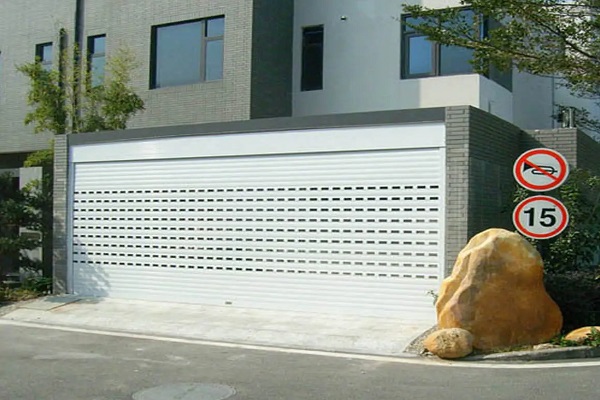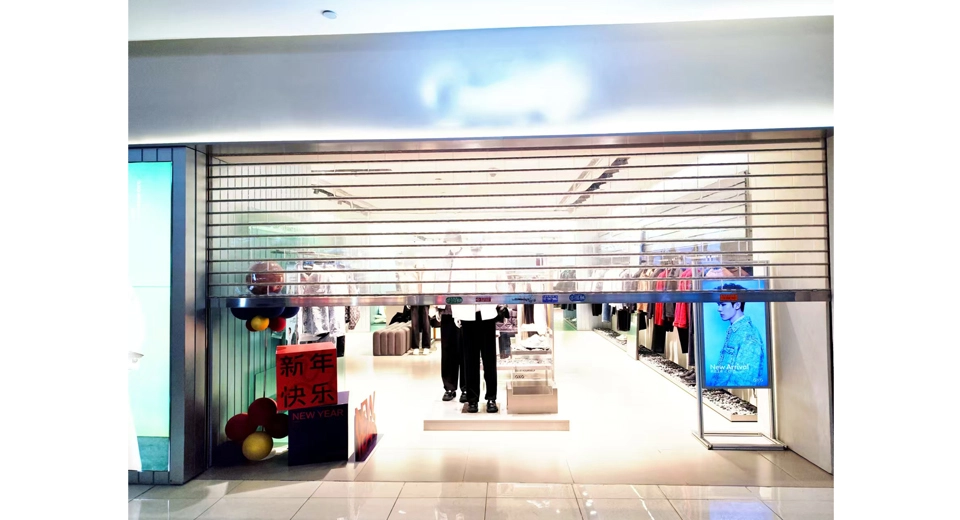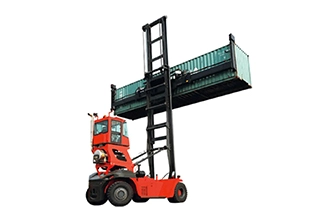
Aluminium roller doors, commonly seen in modern architecture, are widely used in shops, garages, warehouses, and industrial plants due to their aesthetic appeal, durability, and safety features. The construction technique affects not only the installation quality but also the subsequent usage and safety.
Marking and Setting Standards
Based on the design drawings, draw the installation reference lines, including vertical, horizontal, and center lines, on the door opening. Use a level and vertical line to ensure the accuracy of the reference lines, providing reliable guidance for subsequent installation work.
Installing Brackets and Roller
Install the bracket plate above the door opening, ensuring its position is accurate and securely fixed. Then, install the roller on the bracket plate, adjusting the roller's level so that its parallelism with the horizontal plane does not exceed 3mm. Once the roller is installed, temporarily secure it and conduct checks and corrections, formally fixing it after confirming accuracy.
Installing Guide Rails and Curtains
Install the side guide rails according to the design drawings, ensuring that the guide rails are on the same vertical plane and consistent from top to bottom. After installing the guide rails, assemble and install the curtain pieces. Mount the curtain pieces onto the roller one by one, following the correct sequence and direction to ensure they are flat and untwisted.
Installing Transmission Device and Electrical System
Install the motor, transmission chain, bearings, and other transmission devices, ensuring all parts are securely connected and rotate smoothly. Subsequently, install and connect the electrical system, including the control box, power lines, and control lines. After wiring, conduct a power-on test run to check the motor operation and transmission system performance.
Debugging and Acceptance
Adjust the up and down travel, running speed, and limit devices of the aluminium roller door to ensure smooth, safe, accurate, and reliable opening and closing. During debugging, check the noise levels, balance, and sealing performance to ensure compliance with standards. After debugging, perform an overall acceptance check, fill out the acceptance report, and ensure construction quality meets the standards.
Safety Measures
During construction, strictly follow safety operating procedures and take personal protection measures. For high-risk tasks like hoisting and welding, assign special personnel for supervision to ensure construction safety.
Quality Control
Strictly control the construction quality of each process to ensure that components are securely installed, accurately positioned, and reliably perform. Focus on checking and accepting key parts and concealed works.
Finished Product Protection
After installing the aluminium roller door, take effective measures to protect the finished product, avoiding collisions, scratches, and other damages. Simultaneously, clean the construction site promptly to maintain a tidy environment.
Maintenance
Regular maintenance should be carried out after the installation of aluminium roller doors, including checking motor operation, transmission system flexibility, curtain flatness, etc. Address any issues promptly to ensure the long-term stable operation of the roller door.
High Practicality
Aluminium roller doors are sturdy, durable, and resistant to rust, withstanding the test of time. They can maintain their appearance despite exposure to harsh weather conditions without fading easily.
Elegant Appearance
Aluminium roller doors are not only practical but also aesthetically pleasing. With smooth lines and a simple yet stylish design, they offer a strong modern feel that caters to contemporary tastes. Users can choose from various colors and styles to personalize the doors, enhancing the overall facade.



